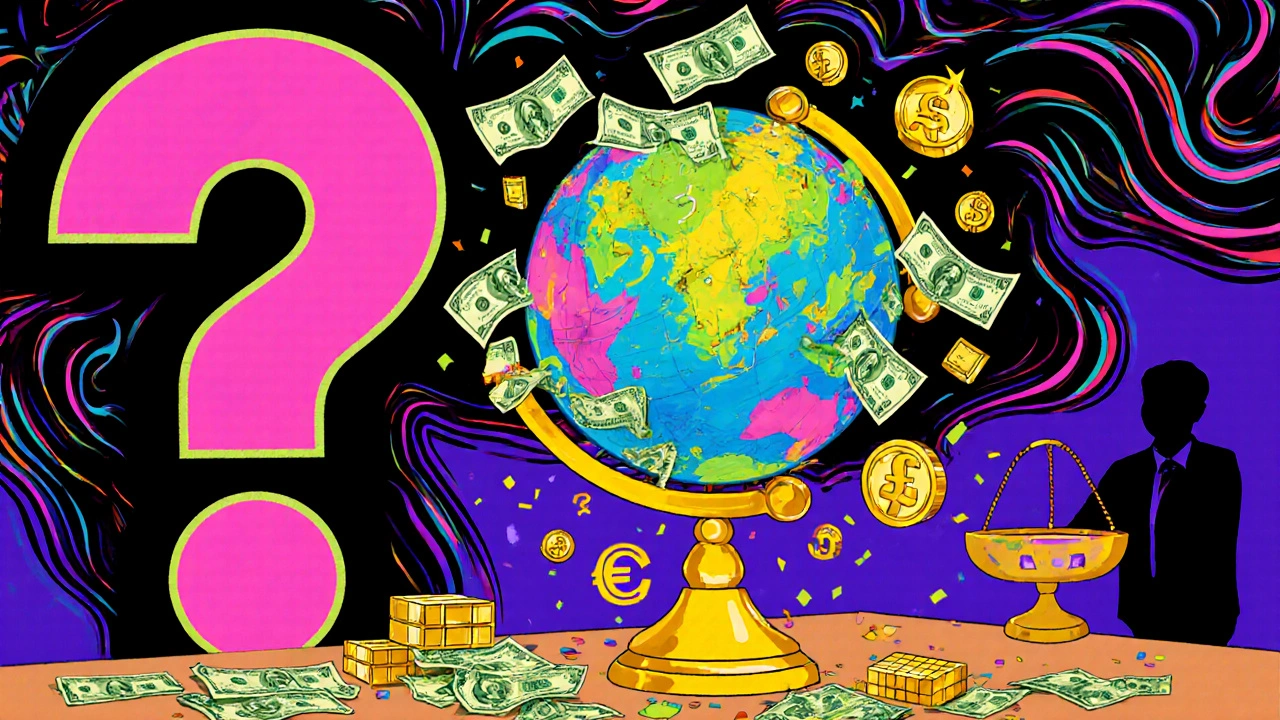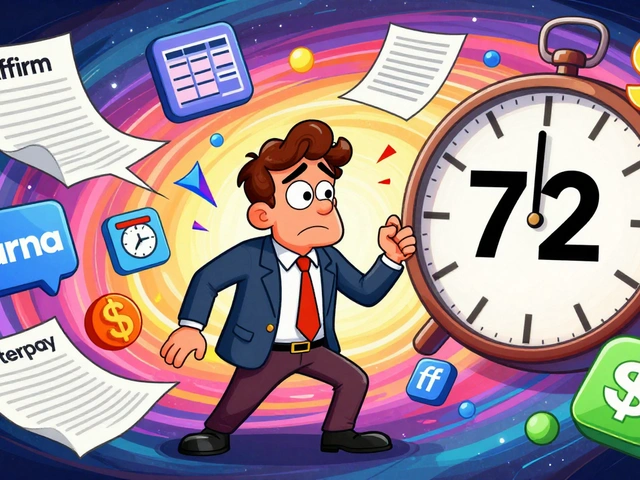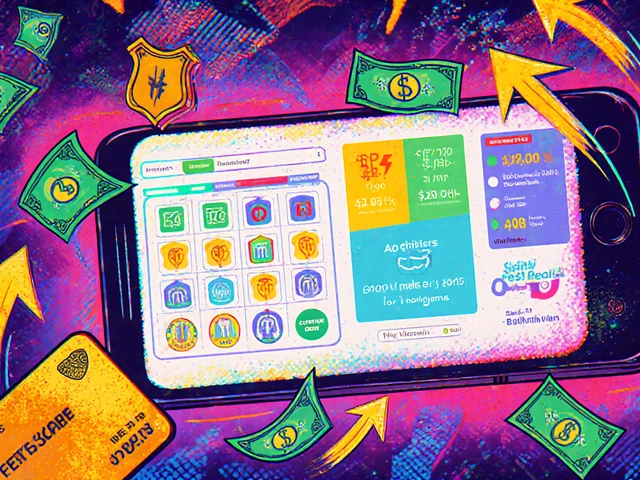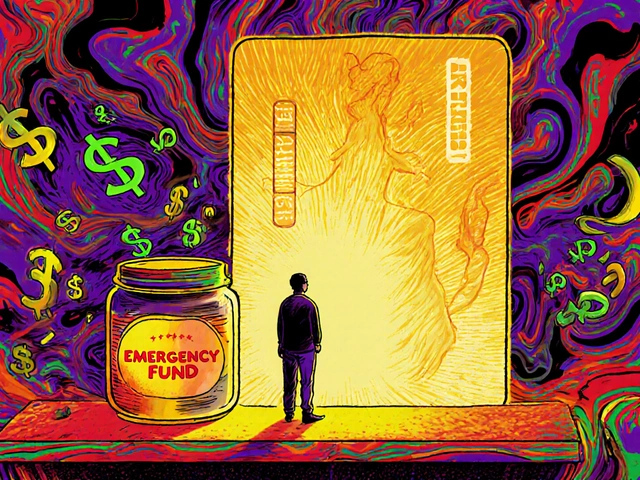Dollar Weakness: How a Falling U.S. Dollar Affects Your Investments
When the dollar weakness, a sustained drop in the value of the U.S. dollar compared to other currencies. Also known as dollar depreciation, it doesn’t just mean your vacation to Europe costs more—it changes how your investments perform, even if you never touch foreign markets.
Dollar weakness often shows up alongside inflation, a rise in prices that reduces the purchasing power of money. When the Fed prints more money or keeps rates low, the dollar loses steam. That’s when foreign investments, assets like international stocks, bonds, or commodities bought outside the U.S. start looking better. If you own shares in a German company or hold gold priced in euros, a weaker dollar makes those assets worth more in U.S. dollars—even if their local value didn’t change. It’s not magic. It’s math.
And it’s not just about buying overseas. U.S. dollar, the world’s primary reserve currency, used in global trade and finance weakness hits home too. When the dollar falls, imported goods get pricier. That means your grocery bill, your phone, your car parts—all could cost more. Companies that rely on global supply chains see profits shrink. Meanwhile, U.S. exporters cheer. Think of Boeing or Caterpillar: their machines become cheaper for foreign buyers, so sales climb. That’s why some stocks rise when the dollar drops, even if the overall market stumbles.
But here’s the catch: dollar weakness doesn’t last forever. It flips. And if you’re holding foreign assets without a plan, you could get burned when the dollar rebounds. That’s why smart investors don’t just chase strength or weakness—they watch the pattern. They look at interest rates, central bank moves, and trade deficits. They know dollar weakness often comes with higher inflation, which affects Treasury bonds, U.S. government debt that pays fixed interest and pushes yields higher. That’s why you’ll find posts here about how bonds behave when the dollar stumbles, and how to use tools like currency ETFs or international index funds to hedge your bets.
You won’t find fluff here. No one tells you to "buy gold and hope." Instead, you’ll see real examples: how a 10% drop in the dollar in 2022 boosted returns for investors in Japanese stocks, why some ETFs surged while others crashed, and how a simple shift in your portfolio’s balance can turn currency risk into an edge. These aren’t theories. They’re what happened. And they’ll happen again.
Whether you’re holding U.S. stocks, global funds, or just trying to figure out why your coffee costs more, dollar weakness is part of the story. Below, you’ll find clear, no-nonsense guides on how to read the signs, adjust your holdings, and protect your money—not by guessing, but by knowing what moves when the dollar falls.





